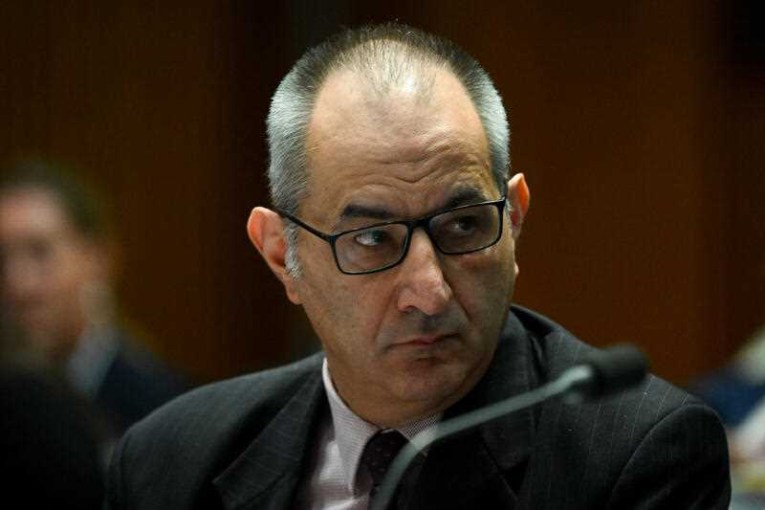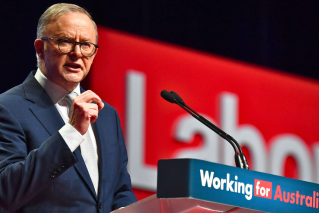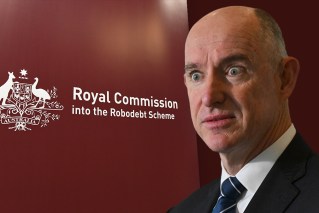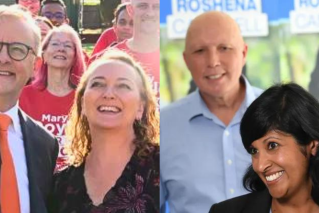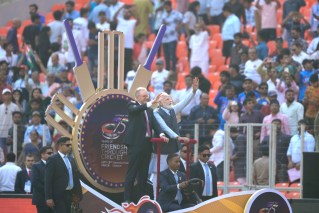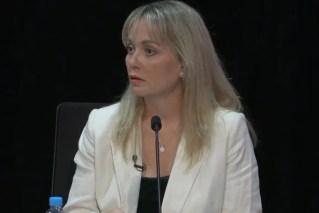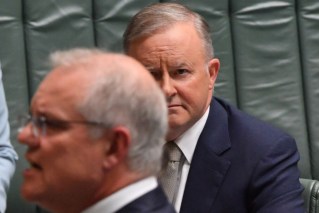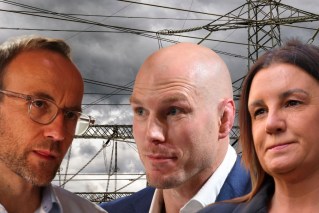Scott Morrison has finally called the election. What happens next?

Now that Scott Morrison has asked the Governor-General to call an election on May 21, strap in for six weeks of election season.
The Prime Minister and Opposition Leader are both in campaign mode, meaning they’ll put aside their usual duties to blitz around the country and state their case to the Australian people.
We will likely see an election debate, or two, along the way.
In the meantime, expect the usual day-to-day politicking to wind down as we hear the leaders’ pitches for the future.
Here’s what to expect.
What will happen to Parliament?
An election is declared once the Governor-General has dissolved the House of Representatives, and half of the Senate.
This means there’s no Parliament to interrogate the government, which then enters what is known as ‘caretaker mode’.

Food for thought: Anthony Albanese met Maggie Beer on the campaign trail in Adelaide. Photo: AAP
What is caretaker mode?
Caretaker mode is exactly what it sounds like: The government winding down its day-to-day work and avoiding making major decisions.
The convention was established to recognise that the Opposition could soon be in power and able to rip up any government changes.
Under caretaker mode, the government also avoids making any significant appointments and considers rescheduling any international visits, among other things.
In the event of an emergency, the government is still able to make policy decisions if the Opposition agrees.
When will all the ads start?
They already have.
The election has been looming since the start of this year, and all parties have started disseminating messages through TV spots, social media posts, newspaper ads and, of course, billboards.
Perhaps the most prominent of these are Clive Palmer’s yellow and black billboards.
In the month of March, the United Australia Party spent $9,674,757 on advertising – more than nine times the spend of the Liberal Party, Labor and the Greens combined.
But with the election now officially called, expect to see the major parties ramp up their advertising in coming weeks.
Tweet from @zacrellin
What should we expect from Morrison and Albanese?
The Liberal and Labor leaders will spend the next few weeks donning hi-vis vests, kissing babies, gatecrashing pubs and doing whatever else they believe is necessary to sell their vision for Australia.
Expect to see a couple of head-to-head debates, too.
At the last election, Mr Morrison and Mr Shorten matched wits on three occasions.
The debates were hosted by 7 News, Sky News Australia and the National Press Club.
The government had hoped to establish a formal debates commission to formalise the whole process, as in other countries.
However, this proposal fell through in February when the two major parties couldn’t agree on the terms.
Meanwhile, a slew of independents are also set to contest many high-profile or marginal seats – which means there will be plenty of teal corflutes this time around.

Holds a hand: Scott Morrison campaigned in the outer Melbourne suburb of Donnybrook. Photo: AAP
Who’s funding the campaigns?
The larger parties typically receive donations from companies, unions and wealthy benefactors.
This money goes towards spreading their message as far and wide as possible.
Four out of the past five federal elections were won by the party with the largest campaign kitty.
Meanwhile, billionaire mining magnate Clive Palmer has made no secret about dipping into his fortune to promote his United Australia Party.
Could the PM have called separate elections for the House and Senate?
This has never happened, and ABC election analyst Antony Green repeatedly shut down the idea that Mr Morrison might call a split election.
“The only people peddling this split election nonsense are people on Twitter who hate the government,” Green wrote in his election blog.
